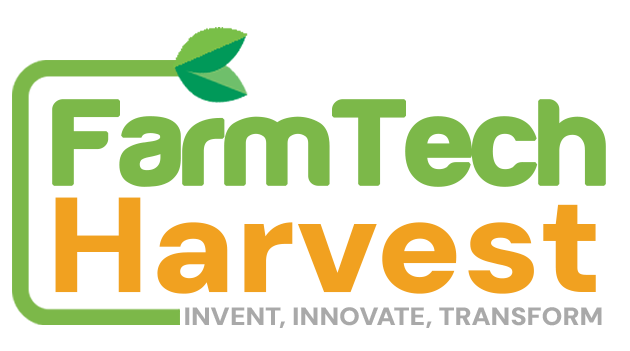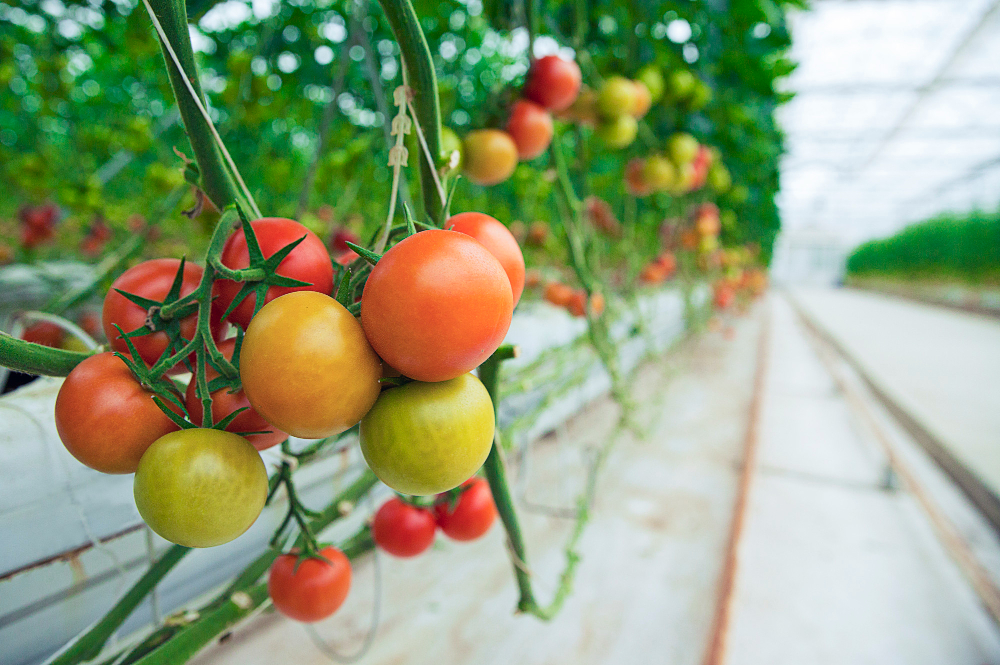Outline
I. Introduction
- A brief overview of tomato farming in Rwanda
- Importance of explosive harvests for farmers
II. Choosing the Right Tomato Varieties
- Factors to consider in selecting tomato varieties
- Varieties suited for Rwandan climate and soil
III. Preparing the Soil
- Soil testing and analysis
- Organic and inorganic soil amendments
IV. Planting Techniques
- Optimal spacing and arrangement
- Best time for planting tomatoes in Rwanda
V. Watering and Irrigation
- Importance of proper watering
- Efficient irrigation methods for tomato farms
VI. Nutrient Management
- Essential nutrients for tomatoes
- Fertilization schedule for optimal yields
VII. Pest and Disease Control
- Common pests and diseases in Rwandan tomato farming
- Organic and chemical control measures
VIII. Supporting Tomato Plants
- Staking and caging techniques
- Importance of providing support to prevent damage
IX. Pruning for Productivity
- Benefits of pruning tomato plants
- Step-by-step guide to effective pruning
X. Monitoring Plant Health
- Regular inspections for signs of stress or disease
- Early intervention strategies
XI. Harvesting Techniques
- Indicators of tomato readiness
- Harvesting tools and methods
XII. Post-Harvest Handling
- Proper handling to avoid bruising
- Storage and transportation tips
XIII. Marketing Tips for Tomato Farmers
- Building relationships with local markets
- Packaging and branding strategies
XIV. Success Stories from Rwandan Tomato Farmers
- Real-life examples of successful tomato farming in Rwanda
XV. Conclusion
- Recap of key points
- Encouragement for aspiring tomato farmers
Introduction
Tomato farming in Rwanda is not just a livelihood; it’s a tradition deeply rooted in the rich agricultural landscape of the country. For farmers looking to enhance their yields, this guide provides valuable insights into achieving explosive harvests and ensuring a thriving tomato farm.
Choosing the Right Tomato Varieties
Selecting the right tomato varieties is crucial for success. Consider factors like climate, soil, and intended use. Varieties such as Roma and Amara have proven to be well-suited for the Rwandan environment, offering both resilience and exceptional flavor.
Preparing the Soil
Before planting, conduct a thorough soil test to determine its composition. Incorporate organic matter like compost and well-rotted manure to improve soil fertility. Inorganic amendments such as phosphorus and potassium can be added based on soil analysis.
Planting Techniques
Optimal spacing and arrangement play a significant role in maximizing tomato yields. Ensure adequate sunlight exposure for each plant. In Rwanda, the best time for planting tomatoes is during the rainy season when soil moisture is abundant.
Watering and Irrigation
Proper watering is essential for tomato plants. Implement efficient irrigation methods such as drip irrigation to minimize water wastage. Consistent moisture levels contribute to healthy plants and vigorous fruit development.
Nutrient Management
Tomatoes have specific nutrient requirements. Develop a fertilization schedule incorporating essential nutrients like nitrogen, phosphorus, and potassium. This ensures a well-balanced nutrient supply throughout the growing season.
Pest and Disease Control
Be vigilant against common pests and diseases that affect tomato crops in Rwanda. Employ a combination of organic measures, like introducing beneficial insects, and chemical solutions when necessary. Regular monitoring helps identify issues early on.
Supporting Tomato Plants
Provide adequate support to tomato plants to prevent sprawling and damage. Staking and caging are effective techniques, especially for indeterminate varieties. This ensures proper air circulation and reduces the risk of diseases.
Pruning for Productivity
Pruning is a valuable practice that promotes plant health and increases productivity. Remove excess foliage to allow better light penetration and airflow. Follow a step-by-step guide to master the art of pruning for optimal results.
Monitoring Plant Health
Regularly inspect plants for signs of stress or disease. Early intervention is key to preventing widespread issues. Address nutrient deficiencies, pest infestations, or diseases promptly to maintain a healthy tomato crop.
Harvesting Techniques
Know the indicators of tomato readiness, such as color and firmness. Use proper harvesting tools to avoid damage to the fruits. Harvest during the cooler parts of the day for better quality tomatoes.
Post-Harvest Handling
Handle harvested tomatoes with care to prevent bruising. Implement proper storage and transportation practices to maintain freshness. A well-handled post-harvest process contributes to a higher market value.
Marketing Tips for Tomato Farmers
Building relationships with local markets is essential for success. Implement effective packaging and branding strategies to distinguish your tomatoes in the market. Explore partnerships with local businesses for increased visibility.
Success Stories from Rwandan Tomato Farmers
Real-life success stories inspire and provide valuable lessons. Explore narratives of Rwandan farmers who have achieved explosive harvests through effective farming practices. Learn from their experiences and apply similar strategies in your own farm.
Conclusion
In conclusion, mastering the art of tomato farming in Rwanda requires a combination of knowledge, dedication, and smart agricultural practices. By following this comprehensive guide, aspiring tomato farmers can embark on a journey towards explosive harvests, contributing to the growth of Rwanda’s agricultural sector.
FAQs
- Q: What is the best time to plant tomatoes in Rwanda?
- A: The rainy season is the optimal time for planting tomatoes in Rwanda, ensuring sufficient soil moisture for seed germination and early plant growth.
- Q: How can I prevent pest infestations in my tomato farm?
- A: Employ a combination of organic measures, such as introducing beneficial insects, and use chemical solutions when necessary. Regular monitoring is crucial for early detection.
- Q: What are the key nutrients required for tomato plants?
- A: Tomatoes require essential nutrients like nitrogen, phosphorus, and potassium. Develop a fertilization schedule to provide a balanced nutrient supply throughout the growing season.
- Q: How do I know when tomatoes are ready for harvest?
- A: Look for indicators such as color and firmness. Ripe tomatoes should have vibrant color and a slightly firm texture.
- Q: How can I increase the market value of my tomatoes?
- A: Implement effective packaging and branding strategies to distinguish your tomatoes in the market. Building relationships with local markets and businesses also enhances market value.

